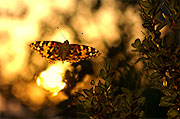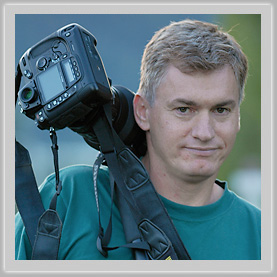 |
|
|
|||||||||||||||||||||||
|
|
|
|
|
|
|
|
|
||||||||||||||||||
|
|
|
||||||||||||||||||||||||
 |
 |
 |
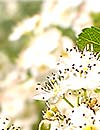 |
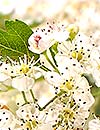 |
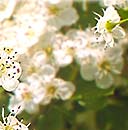 |
 |
|
||||||||||||||||||
|
|
 |
|
|
||||||||||||||||||||||
 |
|
||||||||||||||||||||||||
|
|
|
|
|
||||||||||||||||||||||
|
|
|
||||||||||||||||||||||||
|
|
|
|
|
||||||||||||||||||||||
|
|
|
||||||||||||||||||||||||
|
|
|
|
|
||||||||||||||||||||||
| I present here my favourite activity : photography of fling butterflies. I explain how I have found solutions to many issues of high speed close-up and how digital cameras let me get better results.
|
|||||||||||||||||||||||||
| I had the chance to have a father who is butterflies collector. Therefore, very young, I could discover these splendid insects by listening to him spelling their superb names (Scarce Swallowtail, Orange-Tip, Black-Veined white, Painted Lady, etc) and describing their way of life. Very quickly, the butterflies were for me a passion ! But something disturbed me in collecting the butterflies : why killing them whereas one takes so much pleasure seeing them flying ? This gave me the solution : «I will be nature photographer !».
|
|
||||||||||||||||||||||||
|
Moving ahead, I found out many more difficulties. I had to overcome the purely technical problems : tunning of the Laser, additional adjustment to take into account the shutter lag time, control of the duration of the flashes. This technical work was so long and difficult that I have several times hesitated to give up. My first high-speed shots were disappointing. Admittedly, I got photographs of butterflies in flight, but results were far away from the images which I had desired to catch. I realized that I was focusing more on technique rather than on my small subjects. I had forgotten an essential element : the light. I did not immediately found a solution for the quality of the light. However, the lighting with the very short flash is essential to froze the very fast wings’ motion. And the first Nikon DSLR arrived : the original Nikon D1 ! During my first test of a sample in October 1999, I realized the power of digital photography for my high speed close-up. The second generation of professional DSLR – the Nikon D2 series – arrived with key features that make me have a complete control on high speed photography. The camera is the fastest of the world with its 37 ms shutter lag ! The digital workflow from the camera to the computer is easy to turn into operation. Last but not least, the D2 generation arrived with a new flash SB-800. For high speed shots, I can not use the famous new features such as iTTL or wireless slave flashes because the pre-flashes involved with them slow down the shutter lag. SB-800 are connected to my Nikon D2x by cables. I always use the manual mode in order to control the duration of the flash. Here is a great performance of the SB-800 : the capability to produce short but powerful flashes. And all this is achieved in a compact flash unit ! Moreover, the SB800 is delivered with a complete set of useful accessories : the speedlight stand AS-19 that let fix the flash on any support or tripod, the quick recycling battery pack SD-800 for continuous shooting, the Nikon diffusion dome SW-10H for soft lighting and the colored gel filter set SJ-800 that I use, for instance, to mix the light of a sunset and the flash. I love the SB-800 !
|
|
||||||||||||||||||||||||

|
|||||||||||||||||||||||||
|
Today, the technique is always present, undoubtedly more than in the past, but it does not disturb me anymore, it helps me. Now, I can concentrate on what is important: my small subjects and their environment. For example, for my shots of large butterflies like a Scarce Swallowtail, I need time to watch their majestic gliding flight in order to find the best position for the D2x and the SB800. Then, I just wait until one butterfly crosses the light beam of the automatic shutter release equipment. Sometimes, the butterfly looks at the camera with its big eyes and takes a self-portrait. With my D2x and its SB800, I learned how to control the duration of the flash so that the end of the wings remains blurred to suggest the fast motion of the flight. Here also, the digital camera solves the issue. It is impossible to predict what is the right duration of flash for different species even for different individual butterflies ! The only solution is to carry out tests, and with the D2x, the result of the tests is available immediately and makes it possible to modify the adjustments between two shots. About lenses, I use of course all the range of the Micro-Nikkor (60, 105 and 200 mm). With the DX-format sensor, they become more versatile : the reproduction ratio 1:1 gives a tighter frame of 16x24 mm and the lighting is facilitated due to longer focusing distance. Sometimes, I use a wide-angle lens of 20 or 24 mm on my D2x when the environment around the butterflies is the subject of the photograph as well.
|
|
||||||||||||||||||||||||
| next page |
|||||||||||||||||||||||||
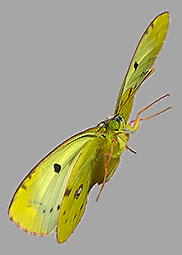


 The versatility
The versatility 